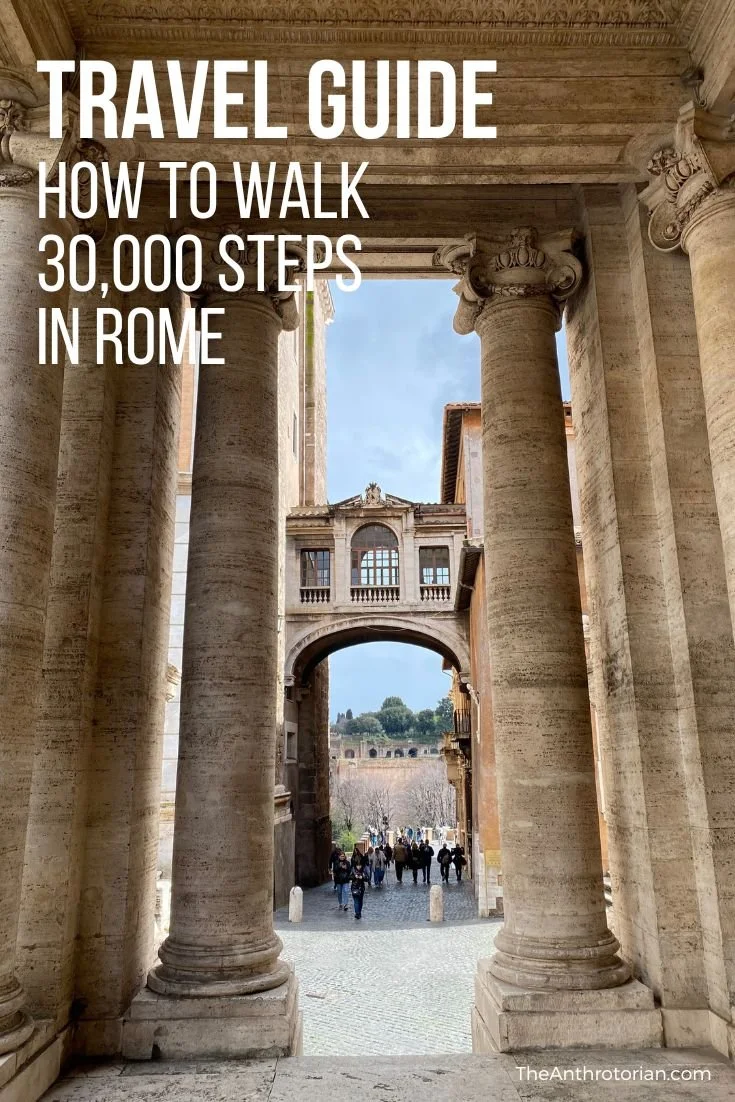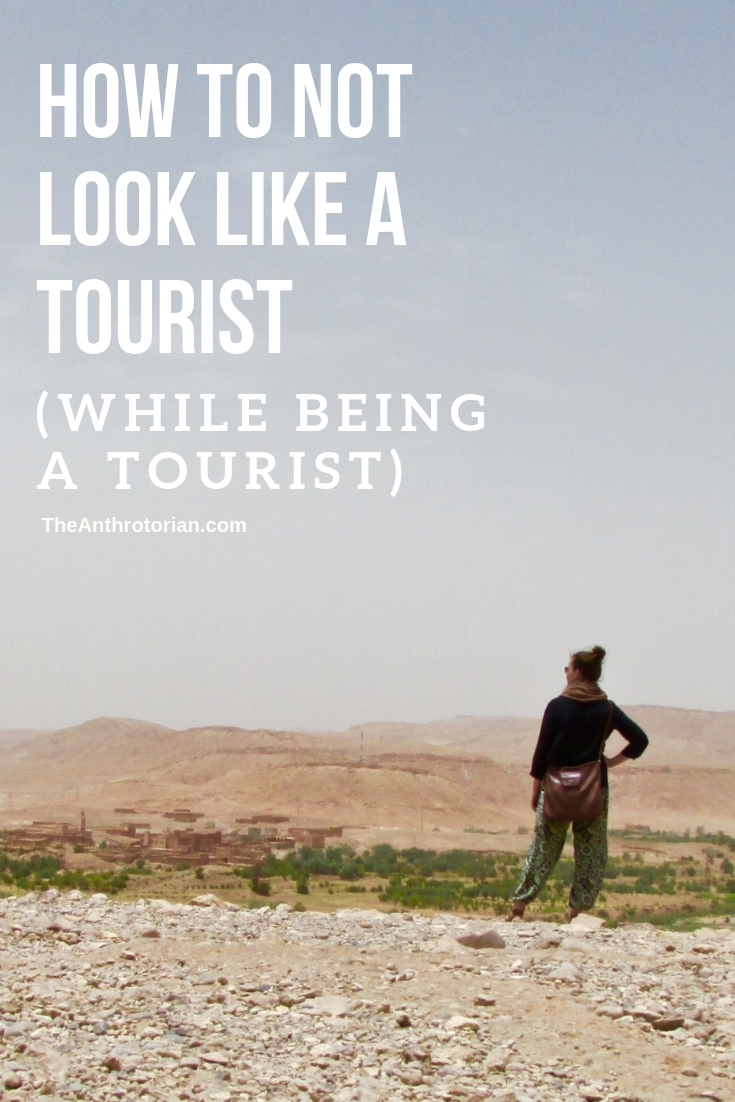Have you have ever toyed with the idea of being a travel writer? Are you currently a travel writer? Have you ever treated a guidebook like it was the Bible?
If you can answer ‘yes’ to any of these questions, this book was written for you.
“The waitress suggests that I come back after she closes down the restaurant, around midnight. We end up having sex in a chair and then on one of the tables in the back corner. I pen a note in my Moleskine that I will later recount in the guidebook review, saying that the restaurant ‘is a pleasant surprise…and the table service is friendly.’”
In the hilarious Do Travel Writers Go to Hell? Thomas Kohnstamm, a professional travel writer and author of numerous Lonely Planet guidebooks, gives an honest, no holds barred account of what life as a writing traveler really looks like.
After leaving behind a stable, well-paying (but unadventurous) job, and his girlfriend, Kohnstamm jumps on a plane headed to Brazil where in less than two months, he is expected to experience all that the country has to offer and document it for future visitors.
With a budget that works out to be less than minimum wage and an impossible deadline, Kohnstamm must research all forms of transportation, restaurants, hotels, culture, customs, and language while trying to fit in sleep and scandalous nightlife involving excessive amounts of alcohol.
With time against him, he makes no effort to hide the fact that he will be forced to write reviews for places that he will never actually visit.
By the end of the book, Kohnstamm’s misadventures make it clear that it takes a special breed of person to endure all that comes with being a travel writer.








